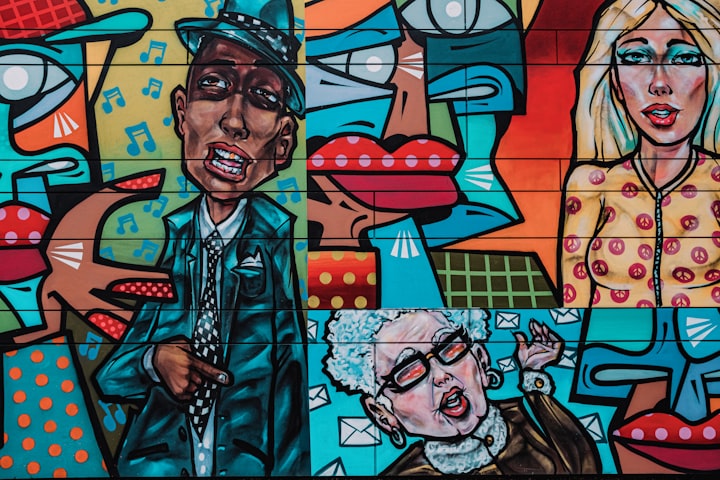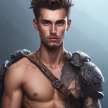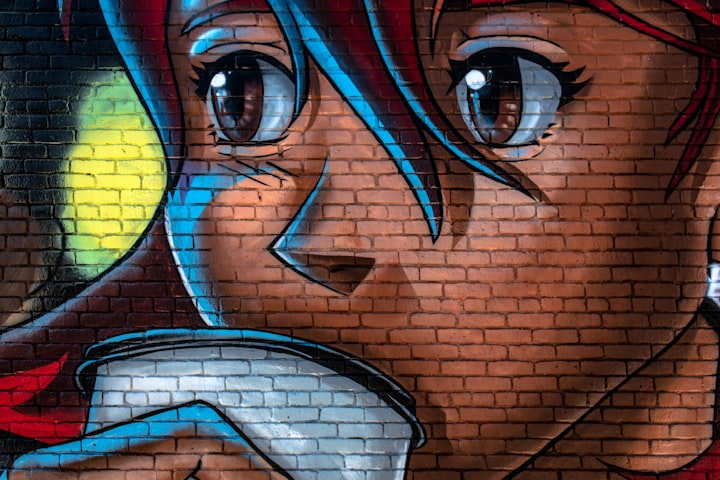The Cultural Significance of Ugly Cartoon Characters
The Rise of the Ugly

Cartoons have played an essential role in shaping our cultural landscape for decades. They have introduced us to a colorful cast of characters, each with unique quirks and charm.
Among these icons are a group of ugly cartoon characters that have captured our hearts and minds. Far from being mere sidekicks or comic relief, these characters have left a lasting impact on popular culture.
In this blog post, we will explore the cultural significance of ugly cartoon characters, discussing how they challenge societal norms, promote empathy, and provide a unique platform for self-expression.
Challenging Traditional Standards of Beauty
Beauty has been a topic of discussion since ancient times, with beauty standards changing throughout history. From ancient Greece to modern times, beauty has been defined by various factors, including symmetry, proportion, and physical features.
However, in recent years, traditional beauty standards have been challenged by a new wave of animated characters that are anything but conventionally attractive.
Traditionally, protagonists and heroes in media are portrayed as physically attractive, with symmetrical faces, toned bodies, and flawless skin.
However, in recent years, we have seen a rise in the popularity of animated characters that do not conform to these traditional standards. These characters challenge the idea that beauty is synonymous with physical perfection and, instead, suggest that beauty can be found in imperfection.
One such example is the character of Gru from the "Despicable Me" franchise. Gru is a villain-turned-hero who is depicted as bald, with a long pointy nose and a hunchback.
Despite his unconventional appearance, Gru is a beloved character, and his story has resonated with audiences worldwide. Similarly, Shrek's green character, which has large ears and crooked teeth, is another example of an unconventional hero who challenges traditional beauty standards.
These characters have sparked a broader conversation around the societal standards of beauty and their impact on our perception of ourselves and others.
Challenging Societal Norms
In a world obsessed with aesthetics, ugly cartoon characters offer a refreshing break from the status quo. By design, these characters starkly contrast to the beauty ideals perpetuated by mainstream media.
For instance, the titular character of "The Ren & Stimpy Show," Stimpy, is far from the conventional image of beauty. With his bulbous red nose, crooked teeth, and off-kilter eyes, Stimpy defies the expectations set forth by society.
These unconventional character designs challenge the notion that beauty equates to worth. By presenting physically unattractive characters yet still lovable and engaging, cartoons send a powerful message that one's appearance does not determine their value.
This subversion of societal norms encourages viewers to reevaluate their prejudices and embrace imperfection's beauty.
Promoting Empathy
Ugly cartoon characters often serve as underdogs, and their struggles resonate with audiences on a deep, emotional level. By showcasing the challenges these characters face, such as ostracization or mockery, cartoons invite viewers to empathize with them.
For example, in "The Simpsons," Moe Szyslak, the bartender with a face only a mother could love, is often ridiculed for his appearance. Despite his gruff exterior, Moe demonstrates a vulnerability that allows viewers to connect with him on an emotional level.
These characters' experiences remind them that everyone has their battles to fight, regardless of their physical appearance. Through their trials and tribulations, ugly cartoon characters teach us valuable life lessons about compassion, understanding, and empathy.
Reinforcing the Importance of Inner Beauty
Ugly cartoon characters often possess admirable qualities that overshadow their physical appearance, ultimately emphasizing the importance of inner beauty. One example is Quasimodo from Disney's "The Hunchback of Notre Dame."
Although he is disfigured and considered monstrous by those around him, Quasimodo possesses a kind and gentle spirit.
By highlighting the importance of qualities such as kindness, bravery, and intelligence, ugly cartoon characters remind viewers that what truly matters is one's character rather than their appearance.
This reinforcement of inner beauty over superficial aesthetics encourages audiences to appreciate and value people for who they are rather than how they look.
Ugly cartoon characters foster empathy and Compassion
Cartoons have been around for almost a century and have played an important role in shaping popular culture.
But not all cartoon characters are created equal. Some are cute, some are funny, and some are downright ugly. But can an ugly cartoon character foster empathy and compassion?
The answer is yes.
Ugly cartoon characters can evoke a range of emotions in us, including empathy and compassion. This is because these characters are often portrayed as outcasts or misfits, which makes us feel sorry for them and want to help them.
They may also be shown struggling with real-world problems like bullying, discrimination, or poverty, which can make us feel more connected to them on a human level.
One example of an ugly cartoon character that fosters empathy and compassion is the Grinch from Dr. Seuss' "How the Grinch Stole Christmas." The Grinch is an iconic character known for his green skin, yellow eyes, and crooked smile. He is initially portrayed as a mean and selfish creature who hates Christmas and wants to ruin it for everyone in Whoville.
But as the story progresses, we learn that the Grinch's behavior results from his feelings of loneliness and isolation. When the Whos show him kindness and acceptance, he realizes the error of his ways and transforms into a kind and generous creature.
Another example is Grendel from the Old English epic poem "Beowulf." Grendel is a monster who terrorizes the Danes in their mead hall, killing and eating them at will. But as the story unfolds, we learn that Grendel is not just a mindless beast but a creature deeply troubled by his existence.
He is an outcast shunned by society and unable to find a place where he belongs.
In this way, Grendel becomes a sympathetic character who evokes feelings of empathy and compassion.
About the Creator
CartoonVibe
I'm an avid fan of anime and cartoons. Ever since I was a kid, I has been fascinated by the colorful and imaginative worlds that anime and cartoons can bring to life. My sites: https://cartoonvibe.com/






Comments
There are no comments for this story
Be the first to respond and start the conversation.